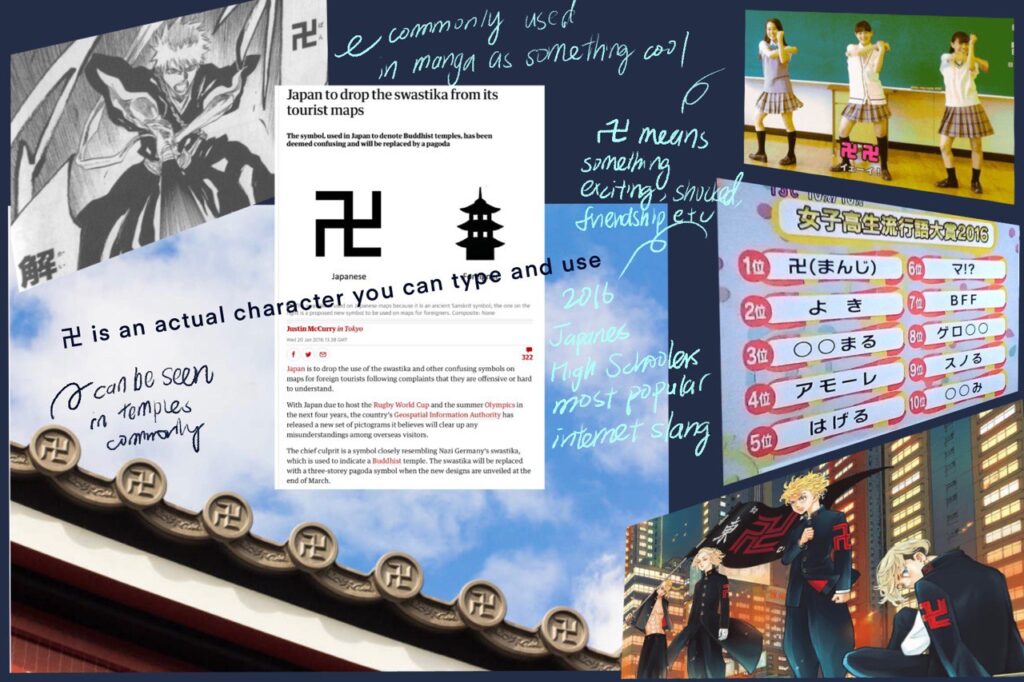I interviewed my friend, Nicholas Johnson, who’s a Ph.D. student from the University of Chicago, with a research focus on Economic History. He studies the past, structure, consumption, production, exchange, and the change in time. Apart from his research, he also teaches undergraduate classes in philosophy and social sciences. He’s not an expert in Puppet. However, he will be very informative to me to gain the US perspective of things as I did not grow up in the States.
What comes to mind when you hear the word “Puppet”?
I guess…like…when you want to say something but you can’t, so you have to pretend to be somebody else that’s small and cute, kinda like ventriloquism.
Did you grow up with Sesame Street or any program that utilized puppets as a storytelling tool?
Yes, I grew up watching Sesame Street. I watched it at daycare from age 3-6.
I remember all the characters, especially the Count, who’s Dracula, and he teaches people how to count. (sidenote: Nicholas was a math major back in undergraduate).
Do you think dolls and stuffed animals can be considered puppets as well?
A little bit different. I think in order to be considered a puppet, you have to have more detailed control of it.
Were you ever obsessed with dolls, stuffed animals, or puppets as a kid?
Yes! My favorite stuffed animal as a kid was a seal, i called it Silly. I remember vividly I left it at my grandpa’s house during a weekend, on hour one hour ride home, I wouldn’t stop crying and screaming, so my parents had to drive all the way back to pick up Silly for me.
Describe the image in your mind when you hear the word puppet.
It’s made of felt fabric, and the entire forearm can fit into it. Looks like Pinocchio, but more ironic and sad, sick and twisted looking.
How would you define the term “puppet leader”?
From a US-centric perspective, leaders wouldn’t have power without us, and can’t contradict our immediate interests and constraints. It doesn’t mean they have to listen to everything we say, but we defined the strict limit of what’s possible for them.
What comes to your mind when you hear the term puppet state?
A classic example would be Eastern Europe during the Cold World, so maybe like Poland.
Where do you think these terms come from?
I have no idea…but should be as old as modern theory, so probably 16 century if not earlier. I also assume it’s western, but the same idea might have occurred simultaneously in other parts of the world.
Have you ever felt like a puppet yourself?
No.
Do you ever feel the need to control others?
Yes, when somebody might cause self-harm, or when I think somebody is acting irrationally.







